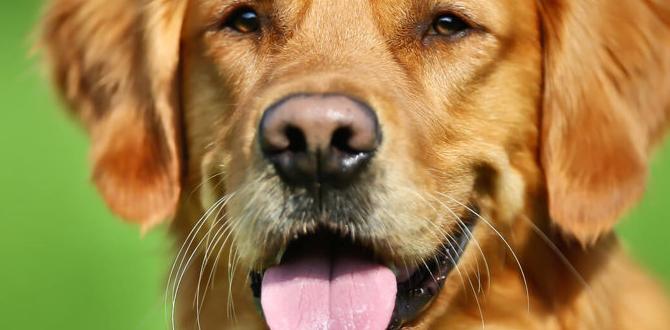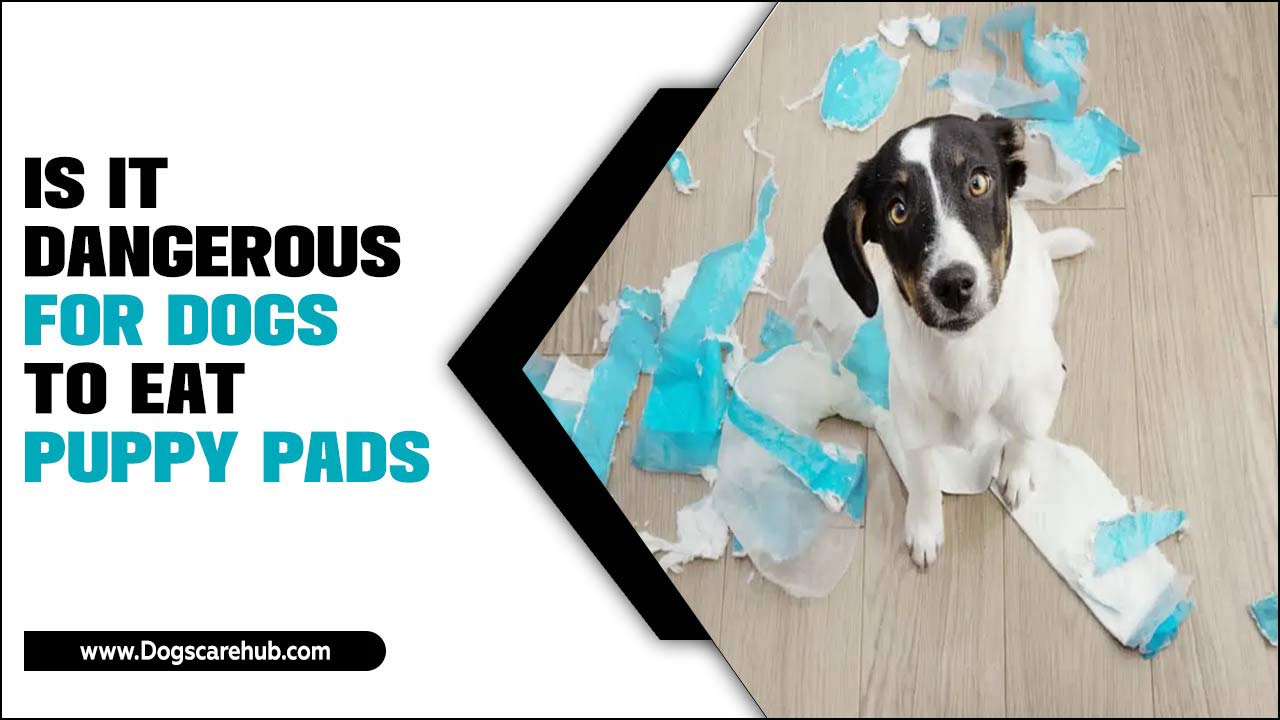Aggressive dog behavior guide: Best Tips
It can be heartbreaking and frustrating when a beloved pet exhibits aggressive tendencies. Understanding the root causes of aggressive dog behavior is the first crucial step in addressing it effectively. This guide aims to provide a comprehensive overview of why dogs become aggressive and offer practical, humane strategies to manage and modify this behavior, fostering a safer and happier relationship between you and your canine companion.
Dogs, like all animals, communicate their needs, fears, and discomfort through their behavior. Aggression is a complex response, not an inherent personality trait. It’s often a symptom of underlying issues that need to be identified and addressed. Ignoring aggressive behavior or resorting to harsh punishment can, in many cases, exacerbate the problem, leading to more severe incidents and damaging the trust between dog and owner. Therefore, a nuanced, informed approach is essential.
Understanding the Roots of Aggressive Dog Behavior
Before diving into solutions, it’s vital to understand the common triggers and underlying reasons for a dog’s aggression. This isn’t an exhaustive list, but it covers the most prevalent scenarios:
Fear and Anxiety: This is perhaps the most common motivator for aggressive displays. A dog that feels threatened, cornered, or overwhelmed may lash out defensively. This can manifest in situations involving strangers, loud noises, unfamiliar environments, or even specific objects. The dog isn’t inherently mean; it’s trying to create distance from what it perceives as a danger.
Territoriality and Resource Guarding: Dogs are naturally protective of their perceived territory (home, yard) and valuable resources (food, toys, sleeping spots, even their human companions). When they believe these are threatened, they may exhibit aggressive behaviors like growling, lunging, or snapping to ward off intruders or competitors.
Pain or Illness: A dog in pain, whether from an injury, chronic condition, or internal illness, may become irritable and aggressive. Even a gentle dog might snap if touched in an area that causes discomfort. It’s crucial to rule out any medical causes with a veterinarian.
Frustration and Overstimulation: Dogs that are not provided with adequate physical and mental stimulation can become frustrated, leading to behavioral issues, including aggression. Similarly, overstimulation in high-energy environments can overwhelm a dog, leading to irritability and a potential aggressive outburst as a coping mechanism.
Learned Behavior: Unfortunately, aggression can sometimes be learned. If a dog has previously acted aggressively and achieved its desired outcome (e.g., a person backing away, another dog leaving), it may learn to repeat that behavior in similar situations.
Socialization Deficits: A lack of proper socialization during critical developmental periods (puppyhood) can lead to dogs being fearful or reactive towards unfamiliar people, dogs, or environments, which can manifest as aggression.
Genetics and Breed Predispositions: While it’s a sensitive topic, certain genetic predispositions can influence a dog’s temperament and reactivity. However, it’s crucial to remember that responsible breeding and training play a far greater role than breed alone.
Best Tips for Managing and Modifying Aggressive Dog Behavior
Once you have a better understanding of potential causes, you can begin to implement strategies. Remember, professional guidance from a certified professional dog trainer or a veterinary behaviorist is often invaluable, especially for severe cases.
1. Prioritize Safety and Management
The immediate priority is to prevent incidents. This involves management strategies that remove the dog from situations where aggression is likely to occur.
Muzzling: A properly fitted basket muzzle can prevent bites while the dog is in training or in potentially triggering situations. Muzzling is a safety tool, not a punishment.
Leash Control: Keep your dog on a leash in public or unfamiliar environments to maintain control.
Containment: Use crates, baby gates, or separate rooms to manage your dog when visitors are present or during stressful times.
Environmental Modifications: If your dog guards resources, feed meals separately, put away high-value toys when not in use, and manage interactions around them carefully.
2. Seek Professional Help: An Aggressive Dog Behavior Guide Essential
Attempting to tackle serious aggression alone can be dangerous and ineffective. A qualified professional can:
Diagnose the Specific Cause: They can accurately identify the triggers and underlying reasons for your dog’s aggression.
Develop a Tailored Training Plan: This plan will be specific to your dog’s needs and the type of aggression displayed.
Provide Guidance and Support: They offer instruction on how to implement training techniques safely and effectively.
Assess for Medical Issues: While they aren’t veterinarians, they can often identify when a medical evaluation is necessary.
Look for professionals with certifications from reputable organizations such as the Certification Council for Professional Dog Trainers (CCPDT), the Karen Pryor Academy, or board-certified veterinary behaviorists (DACVB).
3. Positive Reinforcement and Desensitization/Counter-Conditioning
The cornerstone of modern, ethical behavior modification for aggression is positive reinforcement coupled with desensitization and counter-conditioning.
Desensitization: This involves gradually exposing your dog to a trigger at a very low intensity, where they do not react aggressively. The goal is to get your dog accustomed to the presence of things that previously made them uncomfortable.
Counter-Conditioning: This is about changing your dog’s emotional response to a trigger. When the trigger appears at a low intensity, you pair it with something highly positive, like delicious treats or a favorite toy. For example, if your dog is reactive to other dogs, you might give them high-value treats when another dog is seen at a distance where your dog is relaxed. Over time, the dog learns to associate the trigger with good things.
This process requires patience and careful observation. Increasing the intensity of the trigger too quickly can undo progress and even worsen the problem.
4. Provide Adequate Exercise and Mental Stimulation
A bored, under-exercised dog is often a recipe for trouble. Ensure your dog has:
Sufficient Physical Activity: Daily walks, runs, or active play are essential. The amount needed varies by breed and age.
Mental Engagement: Puzzle toys, scent games, training sessions, and interactive play can tire a dog out mentally, reducing frustration and anxiety. A tired dog is a well-behaved dog.
5. Build a Strong Bond and Establish Clear Communication
A solid foundation of trust and clear communication is vital.
Basic Obedience: Reinforce basic commands like “sit,” “stay,” “come,” and “leave it” using positive methods. These commands can be useful management tools.
Learn Your Dog’s Body Language: Understanding your dog’s subtle cues—ear position, tail wags, lip licking, yawning, stiffening—can help you intervene before aggression occurs. Recognize early warning signs of stress and discomfort so you can remove your dog from the situation.
What NOT to Do
It’s equally important to know what to avoid when dealing with aggressive dog behavior guide strategies:
Avoid Punishment-Based Methods: Techniques like alpha rolls, shock collars, prong collars, or physical corrections can suppress behavior in the short term but often increase fear and anxiety, leading to a higher risk of serious aggression later on. They can also damage your bond with your dog.
Do Not Force Interactions: Never force your dog into a situation that makes them uncomfortable or fearful. This will only reinforce their negative associations.
Don’t Isolate Your Dog Entirely: While management is key, complete isolation can exacerbate anxiety and social deficits. Gradual, controlled exposure is part of the solution.
* Don’t Wait for It to Get Better on Its Own: Aggression rarely resolves without intervention. The sooner you address it, the better the prognosis.
Addressing aggressive dog behavior requires dedication, patience, and a commitment to understanding your dog’s needs. By focusing on positive, science-based methods and seeking professional guidance when necessary, you can help your dog overcome these challenges, leading to a more harmonious and fulfilling life together.
Meet Elyse Colburn, the devoted canine companion and storyteller behind the enchanting world of “Tales, Tails, and Adventures Unleashed.” A passionate dog enthusiast with a heart full of paw prints, Elyse Colburn shares heartwarming tales and insightful adventures, celebrating the joy, loyalty, and endless antics that make every dog a true hero. Join Elyse Colburn on this tail-wagging journey, where every post is a love letter to our four-legged friends.





